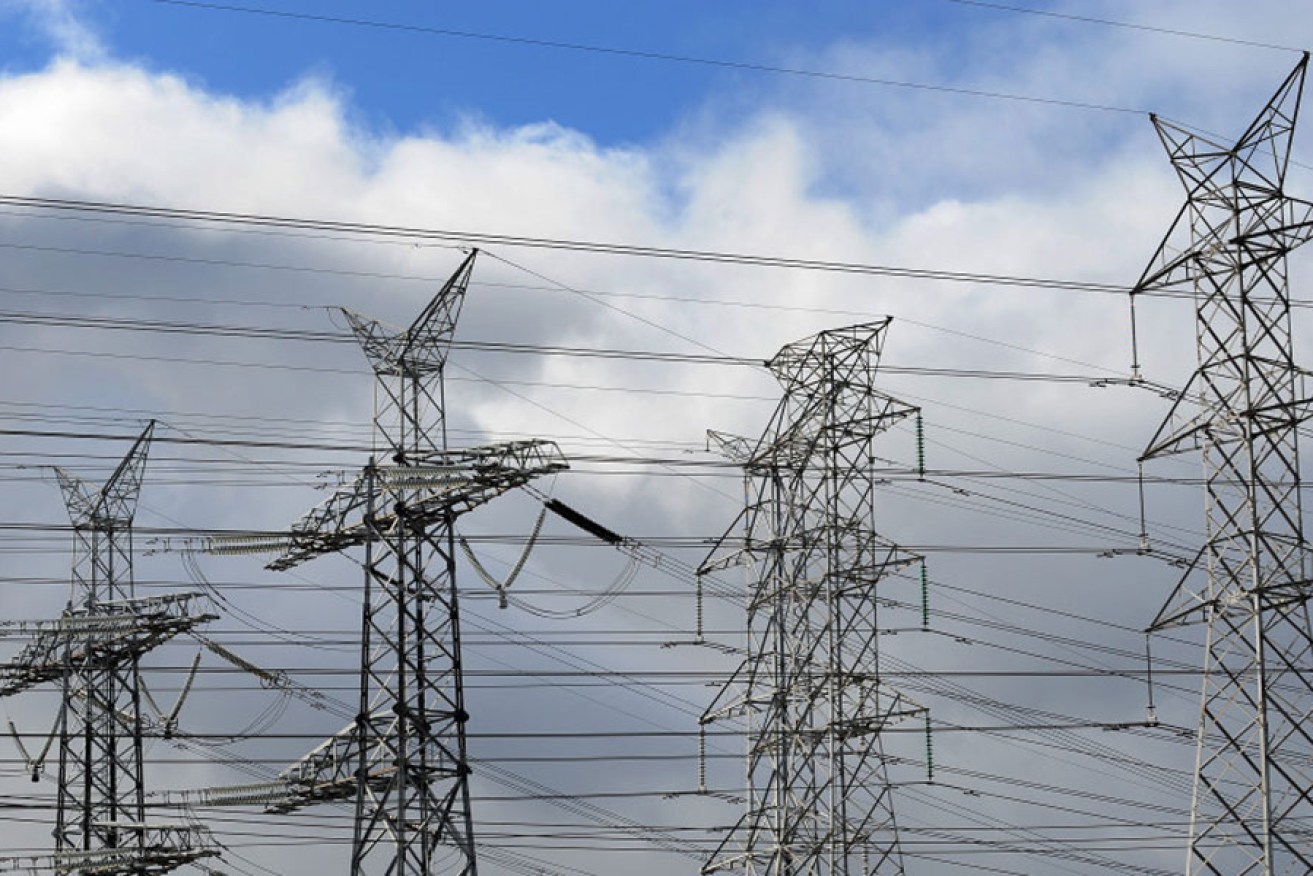A panel of electricity experts has described one part of SA Power Networks’ latest pricing demands as “an illusion”.
It has also expressed a broader concern that consumers will continue to carry a heavy burden of substantial price rises if the power distributor’s revenue submission to the Australian Energy Regulator (AER) is accepted.
The Consumer Challenge Panel – established in 2013 by the AER to ensure that consumers’ views were properly considered and that pricing determinations reflected consumer’s long term interests – delivered a report on 30 January on the SA Power Networks (SAPN) revenue submission that is currently before the AER.
As well as challenging SAPN’s pricing methodology, the Consumer Challenge Panel also called for “a major rethink” of the AER’s current processes which produce vast volumes of information of an intrinsically “adversarial nature” that is making meaningful participation by consumers in the regulatory process “increasingly difficult”.
The Consumer Challenge Panel queried the way in which the weighted average cost of capital (WACC) – a measure that averages financing costs across all forms of capital – was used by the network service providers (NSPs) like SAPN.
“In the instance of the WACC and imputation credits, the NSPs appear to prefer arcane theoretical arguments than test their proposals in the real world or explain to their constituents the reasons for the very substantial increases in profits (well above the levels expected by the regulator in setting the WACC) and their justifications for these profit levels to continue,” the Consumer Challenge Panel says in its submission.
“While NSPs, including SAPN, have done extremely well out of the most recent regulatory determinations, consumers have carried the heavy burden of substantial prices rises which are in part, the result, of excessive WACC allowances.
“It appears the networks, including SAPN, are seeking the continuation of this situation. What reductions there are in NSPs’ proposed WACC are little more than a reflection of the much lower risk free interest rates that now prevail. They are not, in our view, a reflection of efficient financing or even of actual financing costs.
“It is little wonder, therefore, that productivity has declined, including SAPN’s productivity, and energy use has fallen across the National Energy Market (NEM). The NSPs’ proposals, including SAPN’s, risk further exacerbating the problem of declining demand on a much expanded network.”
The Consumer Challenge Panel says it examined a number of the issues relating specifically to SAPN’s proposed additional expenditure, growth in the regulated assets, prices above efficient prices, and declining productivity.
“We emphasise that SAPN’s proposed price path of minus 4% in 2015-16 and 0% (real) thereafter, should not be accepted as ‘reasonable’, however mild it might appear compared to previous price rises. The initial reduction in prices of some 4% is something of an illusion. In fact, it is no more than a correction of the over-recovery in revenue that SAPN managed to achieve in the last year. There is no ‘fat’ in the 0% proposal for rising interest a rate because of the underling significant increases in expenditures and the significant risk of further downturns in demand that will drive prices higher than the CPI.”
The panel pointed out the harm done to consumers by the price rises and the expansion of the regulated asset bases beyond that needed to provide network services, which it said would have a long-term impact on prices.
“We argue that that there is an urgency to redress this harm by ensuring that the NSPs, including SAPN, receive no more than the efficient and prudent financing, capital and operating costs of providing network services in the future.
“We believe that in an environment of declining demand and excess capacity, the industry can no longer rely on growth in demand to fill the ‘capacity gap’ over time. The issues facing the networks and consumers can only be resolved by the AER adopting a presumption of a return to more ‘normal’ (pre 2010) levels of (operating expenditure) and (capital expenditure) unless there is a clear and compelling case to vary from this presumption; that is, an onus of proof on the network to establish why it is in the long-term interests of consumers to take on even greater levels of expenditure such as SAPN has proposed.
“The case for strict control on expenditure is now even more critical because the large increases in the regulatory asset base have driven ‘fixed’ capital related costs to well over 50% of the networks asset base. In summary, the great increase in expenditures allowed in the last period was a reaction to the view that energy use and, more particularly, peak demand would continue to grow at historical rates and investment must be encouraged through generous WACC allowances.
“This growth has not occurred. It is now time for an adjustment to reflect the new market realities and a new focus on the long-term interests of consumers.”
An SAPN spokesman said told InDaily that “SA Power Networks is well aware of the concern regarding electricity prices generally.”
“The final bill for consumers reflects the many components of electricity supply, including retail costs, wholesale energy costs, government renewable and efficiency program costs, and transmission costs,” the spokesman said.
“Since privatisation in 1999, our distribution charges account for 15% of the price increases experienced by customers in SA.”
On the vexed question of regulated assets and the impact on power pricing, the SAPN spokesman noted “the Consumer Challenge Panel’s concern about asset growth.”
“We believe this is fundamentally an eastern states issue relating to growth of assets in government-owned distributors. The AER’s benchmarking data shows that SA Power Networks has had very modest growth in our regulated asset base – much lower than for any other distributor in the National Electricity Market,” he said.





